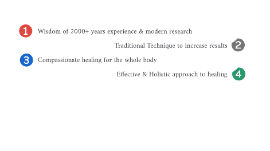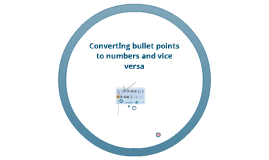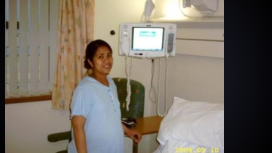L.A.S.T: Bullet points
Transcript: Incidence of LAST: Understanding the Context Unusual cardiovascular or neurological signs after local anaesthetic administration should raise suspicion of LAST. Risk factors include patient characteristics, site of block, type of local anaesthetic, and dosage. LAST incidence rates for epidural anaesthesia range from 1.2 to 11 per 10,000 anaesthetics. Peripheral nerve block LAST rates reported as 7.5 per 10,000 in 1997, 2.5 per 10,000 in 2004, and 9.8 per 10,000 in 2009. Incidence Rates for Epidural Anaesthesia LAST incidence rates for epidural anaesthesia range from 1.2 to 11 per 10,000 anaesthetic procedures. This highlights the variability in occurrences based on clinical practice and patient populations. Peripheral Nerve Block LAST Rates Over Time LAST rates for peripheral nerve blocks have fluctuated: 7.5 per 10,000 in 1997, decreasing to 2.5 in 2004, and rising again to 9.8 per 10,000 in 2009. Continuous monitoring and updated techniques can impact these rates. L.A.S.T: Local Anaesthesia Systemic Toxicity Incidence, Types, Risk Factors, Prevention and Management Strategies Dr. Umair Mansha Mechanisms of Toxicity LAST occurs via systemic absorption or accidental intravascular injection. Mechanisms remain unclear but involve disruption of ion channels and intracellular signaling in the heart and brain. Types of Toxicity Local toxicity includes allergic reactions, myotoxicity, and transient neurological symptoms. Systemic toxicity (LAST) primarily affects neurological and cardiovascular systems, with symptoms like seizures and cardiac arrest. Anaphylaxis is rare but more common with ester local anaesthetics. Methaemoglobinaemia can occur with prilocaine, especially in vulnerable populations. Risk factors Prevention and Management Strategies LA-related factors include type and dose of local anaesthetic. Bupivacaine has a lower CC/CNS ratio (2.0) compared to lidocaine (7.1), indicating higher risk of cardiovascular collapse. Patient-related factors include renal, liver, cardiac diseases, and age, which can increase toxicity risk. Preventions Pre-procedure assessment should evaluate risks and benefits of regional anaesthesia. Continuous monitoring of vital signs during the procedure is essential. Techniques like frequent aspiration and ultrasound guidance can reduce LAST risk. Clear labeling of catheters and ongoing monitoring post-procedure are crucial. Management Use of Intravenous Lipid Emulsion (ILE) ILE is used as an emergency therapy for LAST, with Intralipid being the most studied formulation. The lipid sink hypothesis suggests ILE draws LA off receptor sites, aiding recovery. Dosing regimens include boluses and continuous infusion to prevent recurrence of LAST. Ongoing research is needed to determine optimal dosing and potential uses in other conditions. Immediate recognition of LAST is vital for effective management. If cardiac arrest occurs, initiate CPR and administer intravenous lipid emulsion (ILE). Seizures should be treated promptly with benzodiazepines or propofol. Follow-up monitoring is necessary to assess recovery and detect complications. Conclusion LAST is rare but potentially fatal; prevention and immediate recognition are key to management. Lipid emulsion therapy has significantly improved outcomes in LAST cases.

















